Political Bias in Modern Art: More Than Meets The Eye
Modern art often functions as a compelling reflection of the society in which it is created, and particularly in recent years, has become closely connected with political views and biases. Indeed, artistry has moved beyond simply providing visual pleasure, shaping and influencing public discourse through political perspectives embedded in the work.
The Transformative Power of Politically Charged Art
Through the years, numerous artists have leveraged their art as a medium to vent their political standpoints, creating a diverse array of culturally powerful pieces. For instance, the renowned Chinese artist, Ai Weiwei, uses his art to convey themed messages about freedom, democracy and human rights—an open critique of China's oppressive regime. Another notable example is Banksy, the enigmatic street artist whose work often criticizes capitalism and societal frameworks with undertones of dark humor.
The Dual Impact of Political Art: Admiration and Critique
While politically charged artistry receives admiration for its capacity to challenge the status quo and provoke thought, it is not without criticism. Naysayers argue that the overt political narratives might obscure the aesthetics of the piece, relegating the experience into a political rally than an aesthetic encounter. These conflicting views demonstrate the intense dialogue sparked by such artworks and their impact on society as a whole.
Navigating the Bias: Galleries and Museums
Political bias in modern art does not solely emanate from the artists themselves. Museums and galleries often highlight works that echo their own cultural and social beliefs, subtly promoting a specific political outlook. This selection bias inevitably amplifies the potency of politically charged art, widening its influence beyond the intimate artist-audience bond.
The Future of Political Bias in Modern Art
One can argue that as long as societal discord exists, so will political bias in art. The crucial role this platform plays in voicing societal discontent and influencing public thought ensures this. What remains to be seen, then, is how artists and institutions will adapt and further integrate this tool to contribute to the discourse that shapes our society on a broader level.
Invisibly holding the mirror to society, politically charged artistry continues to evolve alongside societal developments. Its role as the potent, unapologetic critic, ever challenging our views and biases, cements its position in the art world and beyond.

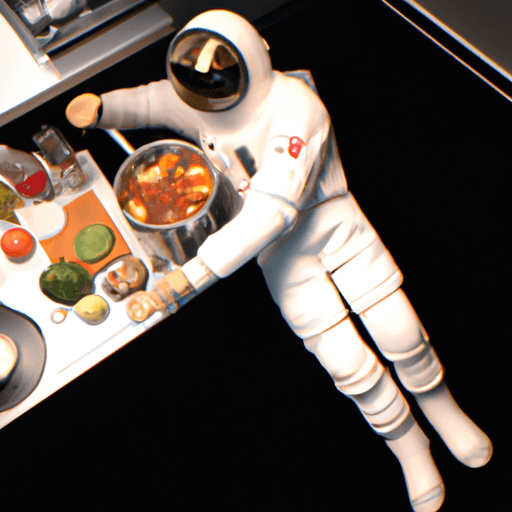


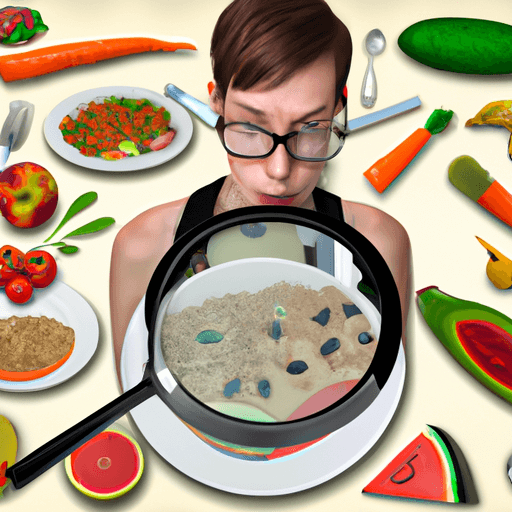

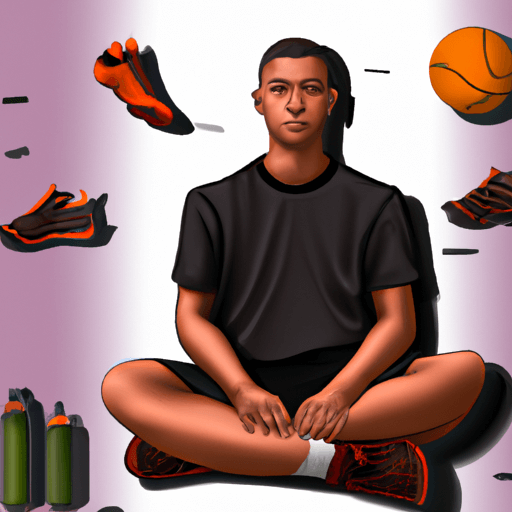


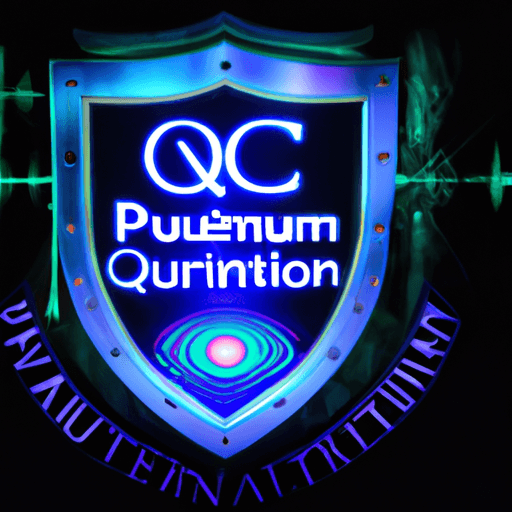
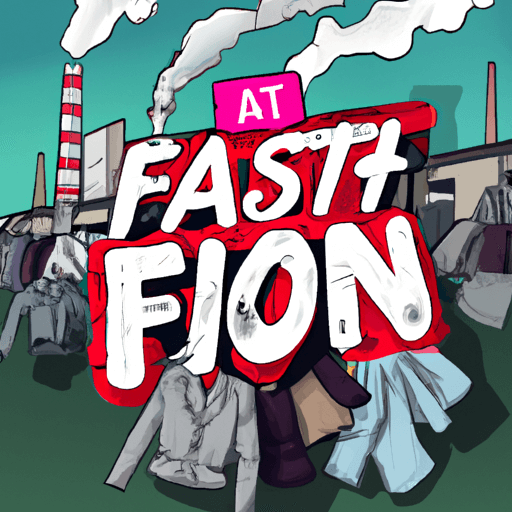
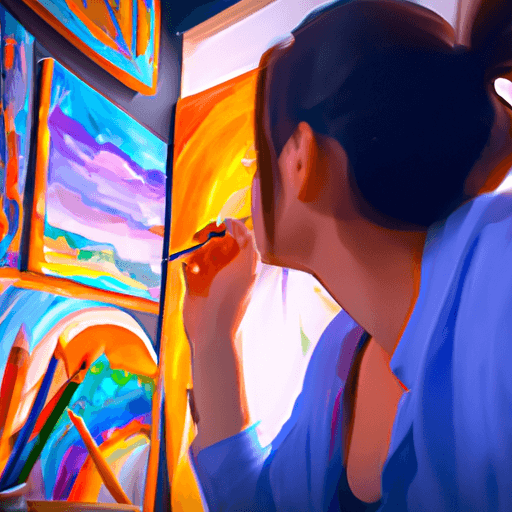

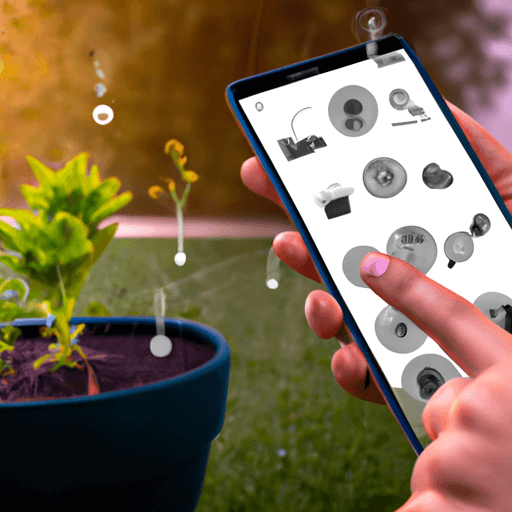





Comments
Leave a Comment